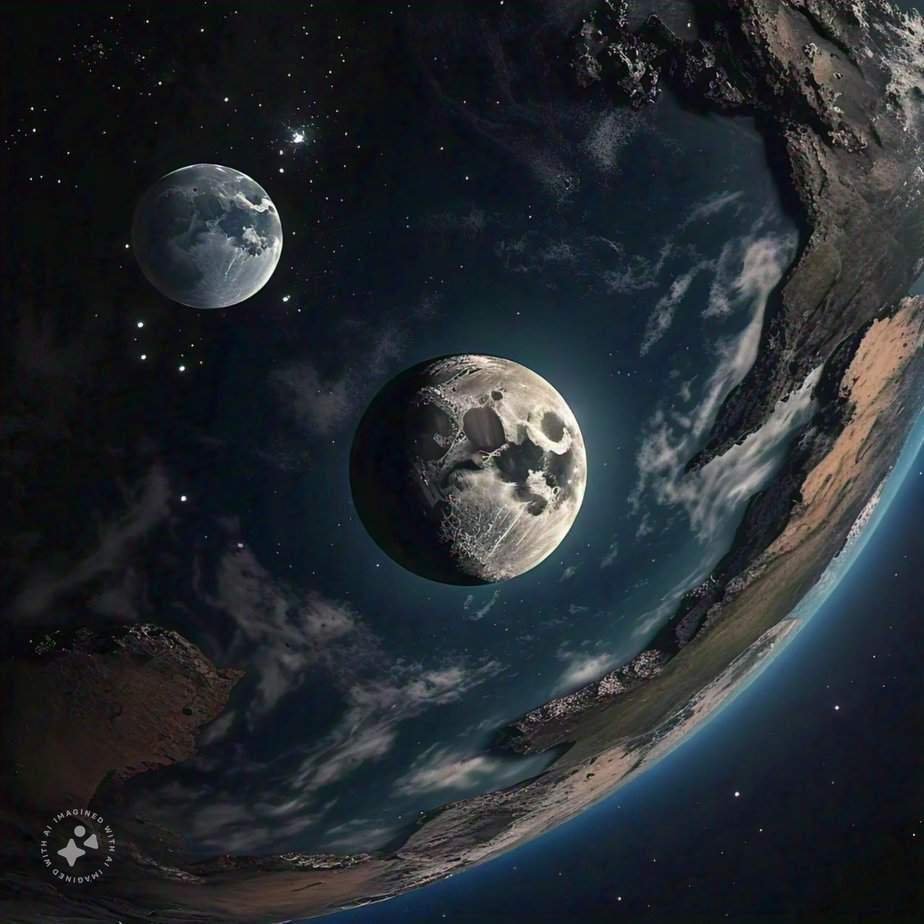Earth to Gain a Temporary Second Moon: Meet 2024 PT5 from the Arjuna Asteroid Belt
Earth is set to capture a second moon this month temporarily—a small asteroid named 2024 PT5. Unlike our permanent Moon, this “mini-moon” will only stay in Earth’s orbit for about two months before resuming its usual path in the Arjuna asteroid belt.
A Brief Visitor, Not a Permanent Resident
A team of scientists who monitor “mini-moon events” detected the capture of 2024 PT5 while observing newly discovered objects with unusual behaviour.
Carlos de la Fuente Marcos, a professor at Universidad Complutense de Madrid and the study’s lead author, explained that 2024 PT5 belongs to the Arjuna asteroid belt, a collection of space rocks with orbits closely mirroring Earth’s. “These objects are part of the near-Earth object population,” he told Space.com.
Interestingly, 2024 PT5 will not complete a full orbit around Earth. “If a true satellite is like a customer inside a store, objects like 2024 PT5 are more like window shoppers—they pass by but don’t fully commit,” said Marcos.
Short Stay, Common Occurrence
Mini-moons like 2024 PT5 are classified into two types: long captures and short captures. Long captures, where the object stays for a year or more, are rare, happening only once every 10-20 years. Short captures, like the one happening now, occur more frequently, several times each decade, but typically last just days, weeks, or a few months.
Ultimately, the Sun’s gravitational pull will force 2024 PT5 to leave Earth’s orbit, sending it back on its journey around the Sun.
Out of Sight for Most
Unfortunately, 2024 PT5 is too small and faint for most skywatchers to see with standard telescopes or binoculars. However, professional astronomers using larger telescopes and advanced equipment will be able to study it in detail.
“The asteroid is too dim for typical amateur gear,” Marcos said. “But it’s within range for telescopes used by professional astronomers. A 30-inch telescope with a CCD or CMOS detector is needed to observe it—just a 30-inch telescope with the naked eye won’t be enough.”
Scientific Opportunity
Marcos and his team are planning spectroscopic and photometric studies to better understand 2024 PT5’s composition and properties. This rare event offers scientists a unique chance to closely observe a near-Earth object and enhance our understanding of the dynamics within our solar system.
Though brief, 2024 PT5’s visit provides an exciting window into the world of mini-moons and their role in the cosmic dance around Earth.
Thank you for reading. We hope this gives you a good understanding. Explore our Technology News blogs for more news related to the Technology front. AdvanceDataScience.Com has the latest in what matters in technology daily.



